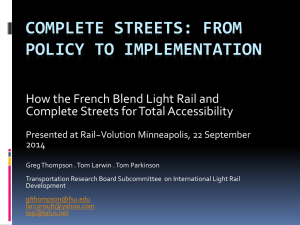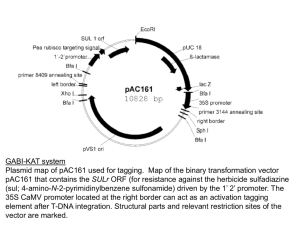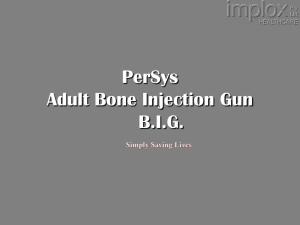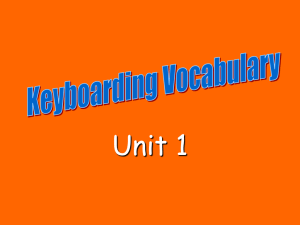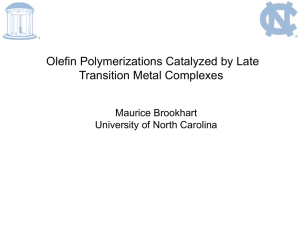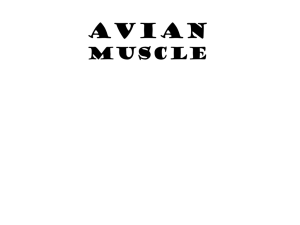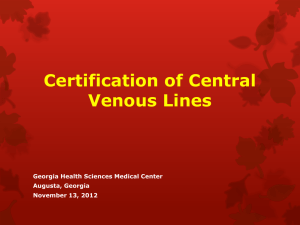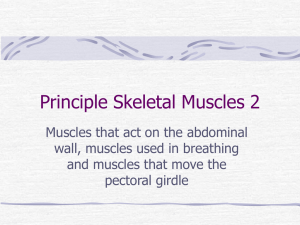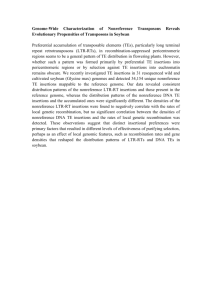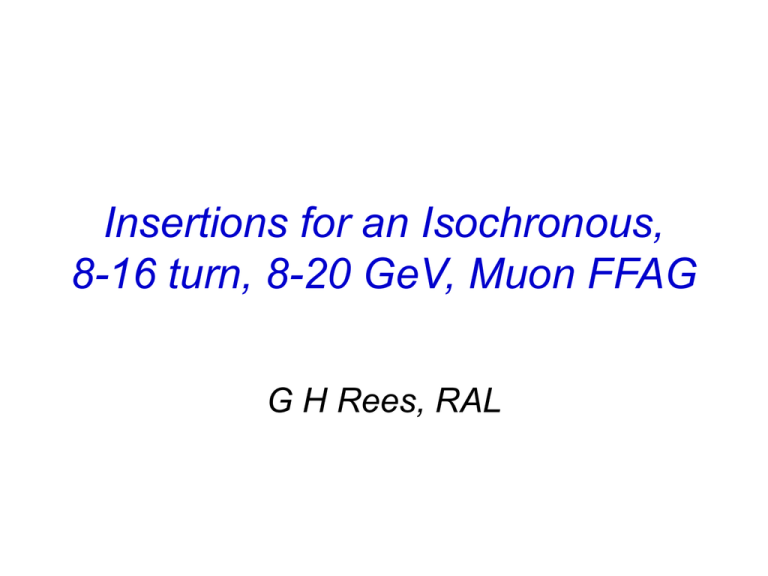
Insertions for an Isochronous,
8-16 turn, 8-20 GeV, Muon FFAG
G H Rees, RAL
Pros and Cons for Insertions
Pros:
Reduced ring circumference
Easier injection and extraction
Space for beam loss collimators
Fewer integer resonances crossed
Easier acceleration system to operate
Four times fewer, four-cell, 201 MHz cavities
Cons:
Reduced ring periodicity
More magnet types required: 6, not 3 or 2
Small βh(max) ripple effects over a superperiod
Criteria for Insertion Designs
Isochronous conditions for the normal cells
Isochronous conditions for the insertion cells
Unchanged (x, x) closed orbits on adding insertions
Minimising the separations of the radial closed orbits
Unchanged vertical α and β-functions on adding insertions
Unchanged horizontal α and β-functions on adding insertions
There are nine parameters that need to be controlled.
These become six if x = αh = αv = 0 at the matching points.
Hence, match symmetrical cells at long straight centres, eg
Use the five-unit pumplets of the original isochronous design.
Use the non-linear lattice study technique adopted previously.
Options for the Insertion Designs
Normal cell
Insertion
Magnet types
Doublet D
Triplet T
Pumplet P1
D1 + T0 + D2
T1 + T2 + T1
P2
2+7
2+4
3+3
Easiest solution is to match the two, pumplet cells:
P1 has a smaller β-range than either D or T
The insertion has only one cell type, P2
P2 has the smallest closed orbit “lever arm”
Dispersion suppressors (2) have not been included
as too many are needed & they are non-isochronous
20 GeV, Normal & Insertion Cell Layouts
bd(-)
O
0.5
0.45
0.5
2.4
BF(±)
BD (+)
0.5
0.62
BF(±)
0.5
1.26
bd(-)
O
0.5
0.62
Normal cell (3º, 6.4 m)
Insertion cell (3º, 10.2 m)
0.45
0.5
2.4
Four superperiods, each of 20 normal & 10 insertion cells
New and old ring circumferences: 920.0 and 1254.6 m
Evaluation of Non-linear Lattices
First, at a reference energy for the insertion cell,
a routine seeks a required value for Qv, and the
value of gamma-t that provides for isochronism
Next, adopting the same reference energy for the
normal cell, a second routine searches for a match
to the relevant βv and γ-t values of the insertion cell
Then, the normal cell is re-matched, using a revised
field gradient in its bd, and this is continued until the
two cells have identical, closed orbit, end positions
Almost exact dispersion matching is obtained
Lattice Functions at 14.75 GeV
Lattice Functions at 8 GeV
Lattice Functions near 20 GeV
Superperiod Parameters
The insertion and normal cells are unlike those in other rings
as they both have 3º closed orbit bend angles and use nonlinear combined function magnets. The fields, in Tesla, are:
bd magnets:
BF magnets:
BD magnets:
Insertion
-4.0 to -1.7
2.7 to -2.8
3.0 to 5.0
Range of the radial tunes:
Range of the vertical tunes:
Normal cell
-4.0 to -2.2
2.7 to -2.3
3.0 to 4.9
16.11 to 42.04
12.77 to 14.39
Reference Orbit Separations (mm)
Energy range in GeV
9.5 to 20
8.75 to 20
8.0 to 20
Long straight sections
Insertion cell bd unit
Normal cell bd unit
Insertion cell BF quad
Normal cell BF quad
Insertion cell BD unit
Normal cell BD unit
181.2
180.4
180.0
164.5
160.8
106.7
104.4
221.8
221.2
220.7
206.6
201.4
138.1
134.6
269.8
269.7
269.0
267.9
251.1
177.7
172.7
Insertion Design Summary
Superperiods meet all nine, design criteria at ~ 15 GeV,
but eight, only, for most of the energy range, 8 - 20 GeV
A superperiod has 20 normal and 10 insertion cells, and
all four have the same, small, acceptable ripple in βh(max)
Ripple is << than that of TRIUMF’s KAON Factory, D ring
BD, BF & bd magnet types are needed in the normal cells
Three slightly different types are needed for the insertions
Three, integer resonances are crossed in the vertical plane
and 26, integer resonances are crossed in the radial plane
20 MeV, Electron Model, Cell Layouts
bd(-)
O
BF(±)
.04
.045
.05
.20
BD(+)
.04
.062
BF(±)
.04
.126
bd(-)
.04
.062
Normal cell (9.231º, 0.6 m)
Insertion cell (9.231º, 0.9 m)
O
.045
.05
.20
Three superperiods, each of 9 normal & 4 insertion cells
New and original ring circumferences: 27.0 and 29.25 m
Electron Model
Design Studies
An e-model with insertions allows studies of:
Matching between the insertions and normal cells
Emittance growth in fast & slow resonance crossing
Isochronous properties of the 3 GHz, FFAG ring
Transient beam loading of the three, 3-cell cavities
Inject (s.c) & extract from outermost side of the ring ?
Costs of injection, & ejection over range 11-20 MeV?
Diagnostics, with radial adjustment, in the insertions?
Figure of eight and C-type magnets for the insertion?
Long transmission line kickers, no septum magnets?
Larger aperture in magnets adjacent to fast kickers ?

